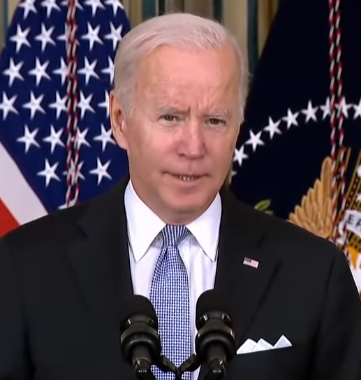Biden’s bureaucrats allegedly stifling charter school applications

The presidency of Joe Biden has been a tumultuous, turmoil and chaos-filled term according to recent polls, but recent allegations that the Department of Education is hampering charter school funding further cements the perception of chaos in the Biden White House.
In an opinion editorial in the Wall Street Journal, charter schools alleged that the Biden administration is impeding funding going to charter schools in order to protect public schools.
How is the Department of Education doing this?
By imposing restrictions that make it nearly impossible to access federal grants.
According to charter school sources, the Biden administration administers the Charter Schools Program, which has $440 million in grants for charter schools. The program directs funds to state agencies, which then award these grants to charter schools.
However, the problem is that regulators have proposed new rules to have applicants describe what constitutes an “unmet demand for the charter school,” but having a long waiting list of children no longer meets the department’s standards. Additionally, the federal agency demands evidence that public schools suffer from over-enrollment issues and proof that new charters do not disrupt the demand for public schools.
The editorial alleged that these rules protect public schools and prevent charter schools from applying for grants. President and CEO of the National Association of Charter School Authorizers, Karega Rausch, told the Journal, “Demand for charter schools isn’t just about demand for the availability of any seat but the demand for a high-quality seat.”
In other words, it is a way for ideologically-driven bureaucrats to throw up barriers to charter schools in the name of protecting public schools without thinking of quality education.
There are also rumors that the Biden administration will hamper charter schools’ independence by requiring them to be subservient to public school districts and teachers’ unions when it comes to transportation and curriculum. For example, charter schools would have to tell the federal agency how they plan to “establish and maintain racially and socio-economically diverse student and staff populations” even though many charter schools serve minority groups in cities across the country. Charter schools worry that this diversity requirement is another way to force an unnecessary requirement on them and encourage these schools not to apply for grants in the first place.
After all, non-public schools saw enrollment jump during and after the coronavirus pandemic because they stayed open and served the students and families. In contrast, public school enrollment has plummeted in many major public school districts.




